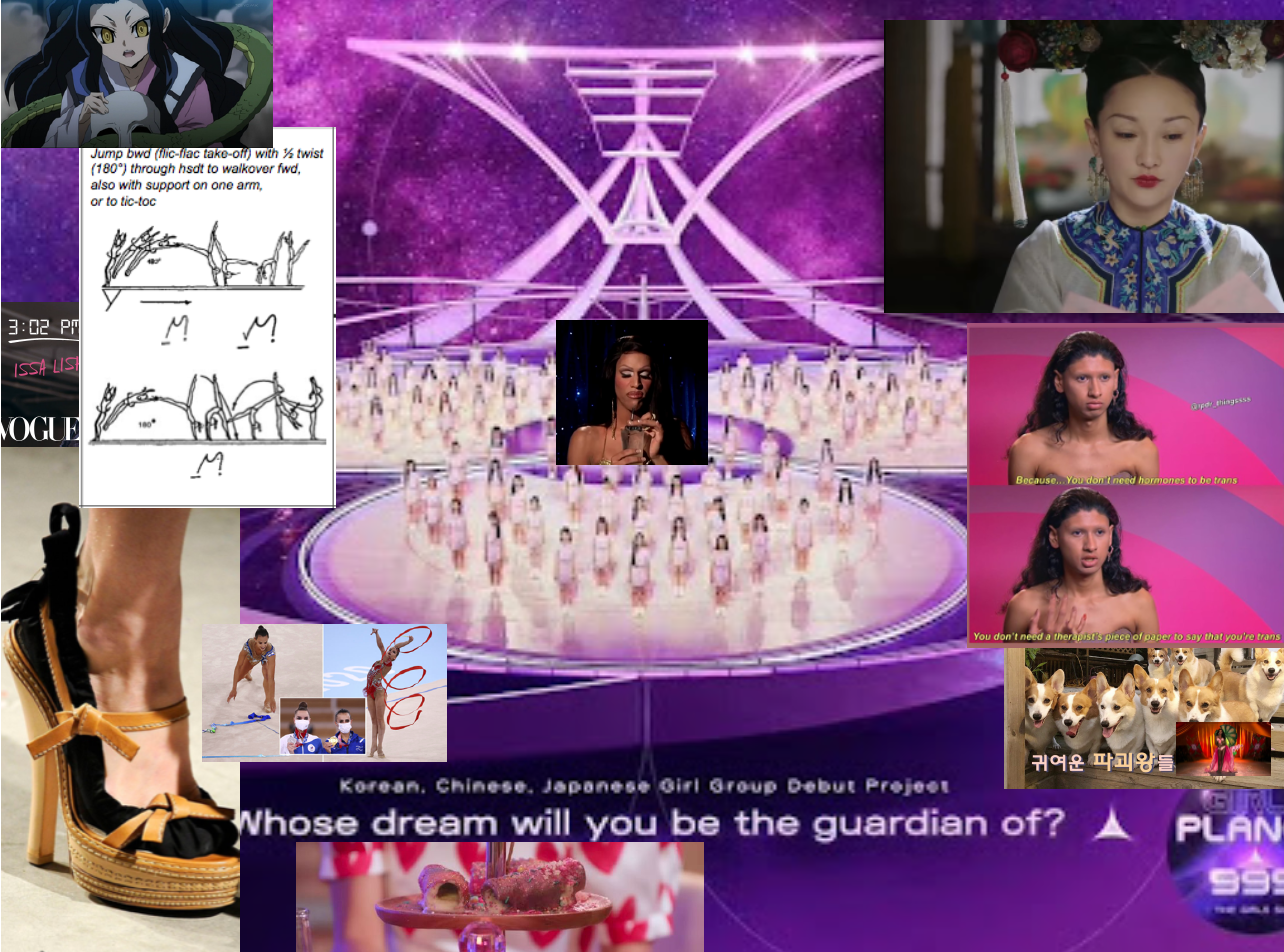A&M Salon 5: Art & Theatre
Derrick Tay, Faith Liu Yong Huay, Rizman Putra
By A&M
A&M Salon 5.
Key points:
Their varied experiences have led them to practise at the intersection of art and theatre.
The panellists adopt an expanded notion of collaboration, learning from people of different backgrounds, inanimate objects and technology.
One needs to find a sustainable way of documenting their work.
While the theatre is where the magic happens, each speaker relates to it differently as a working space.
A&M Salon is a regular gathering of creative individuals to talk about art at intersections with other disciplines. A&M Salon 5: Art and Theatre saw an insightful and animated discussion among Derrick Tay, multidisciplinary artist and co-founder of SainouSpace; Faith Liu Yong Huay, lighting designer and co-founder of 微 Wei Collective; and Rizman Putra, artist, performer and Hantulogist. The conversation was moderated by Vivyan Yeo, A&M Content Producer.
Rizman Putra, ‘From Gelam to Glam’, Art Encounters by Art Outreach, 2020. Image courtesy of Rizman Putra.
Their varied experiences have led them to practise at the intersection of art and theatre.
Rizman majored in painting at LASALLE College of the Arts while attending movement classes and playing the guitar with his peers. His installations, performances, video work and musical acts have been seen in both fine art galleries and on theatre stages. He explains that theatre taught him the importance of discipline and worldbuilding, which he infuses into his creative practice.
Yong Huay’s journey began in the National University of Singapore dance ensemble, where she first experienced how stage lighting can transform spaces. She started helping out with light installation projects and later pursued a Master of Fine Arts in Lighting Design at the Hong Kong Academy of Performing Arts. This culminated in the establishment of 微 Wei Collective with performance maker Neo Hai Bin in 2017, where she explores the visual and auditory aspects of theatre.
Derrick majored in Theatre Arts at the Nanyang Academy of Fine Arts and attained dual diplomas in Performance and Popular Vocal Teaching from the London College of Music. He co-founded SainouSpace with Herman Shah at the beginning of the COVID-19 pandemic. Since then, the space has held art exhibitions, performances and workshops that blend visual art and theatre in a way that promotes mental health. He believes that the latter brings story-telling, intention and life to his work.
The Sainou Story: The story that started it all and how it came alive through the progression of SainouSpace. Image courtesy of Derrick Tay.
The panellists adopt an expanded notion of collaboration, learning from people of different backgrounds, inanimate objects and technology.
Through SainouSpace’s residency programme, Derrick collaborates with practitioners from a wide range of disciplines. For each collaboration, he works with them to create a video, in which they have to introduce their project in 180 words. He elucidates how this process helps the artist clarify their story and creative identity. For Yong Huay, the idea of truth to material is important. In performance works such as ‘Being: 息在’ (2022), she draws inspiration from the physical properties of objects, such as their weight, texture and temperature. She sees objects as collaborators that can teach us how to be more truthful to ourselves. Rizman shares this perspective on working with non-human collaborators. He talked about a recent project, ‘Amad Ibraheem (AI)’ (2023), where he emulates the movements of non-playable characters (NPCs) often seen in games. As a performer, he translates what he learns from technology into bodily movements.
微 Wei Collective, ‘Being Here and Now (再)’, 2022. Image courtesy of Yong Huay.
One needs to find a sustainable way of documenting their work.
Performance is an ephemeral medium and thus, archiving is a unique consideration and can take many forms. Rizman has a photographer partner who assists with documenting his performances. He stressed on the importance of collaborating with someone who understands the work deeply so they can best capture it. For Yong Huay, documentation begins with the process, and not only with the final product. Keeping records in the form of photos, videos, and material samples helps her relook at past explorations. Derrick prefers to take an informal approach to building an archive. He sees it as a daily practice that could include photos taken on his phone, which may reappear as photo memories. He enjoys this feature on smart phones and social media that highlights past documentation.
While the theatre is where the magic happens, each speaker relates to it differently as a working space.
For Rizman, Cake Theatre is a sanctuary away from the bustle of the city where he can focus on his work. Outside of rehearsal times, he uses it as his painting studio. The site-specific nature of Yong Huay’s work brings her to different venues for each project, which she enjoys. That said, she finds her home the most comfortable and inspiring space to work in. Derrick prefers to work outside of the very comfortable SainouSpace, such as at a coffee shop, where the noise and activity allow for better focus.
Thank you to everyone for a full turnout at A&M Salon 5. We appreciate your presence, and the questions that you contributed to the gathering.
To read about past A&M Salon events, click here. If you would like to attend future A&M Salon events, please sign up for our e-newsletter here, or follow us on Instagram!

















